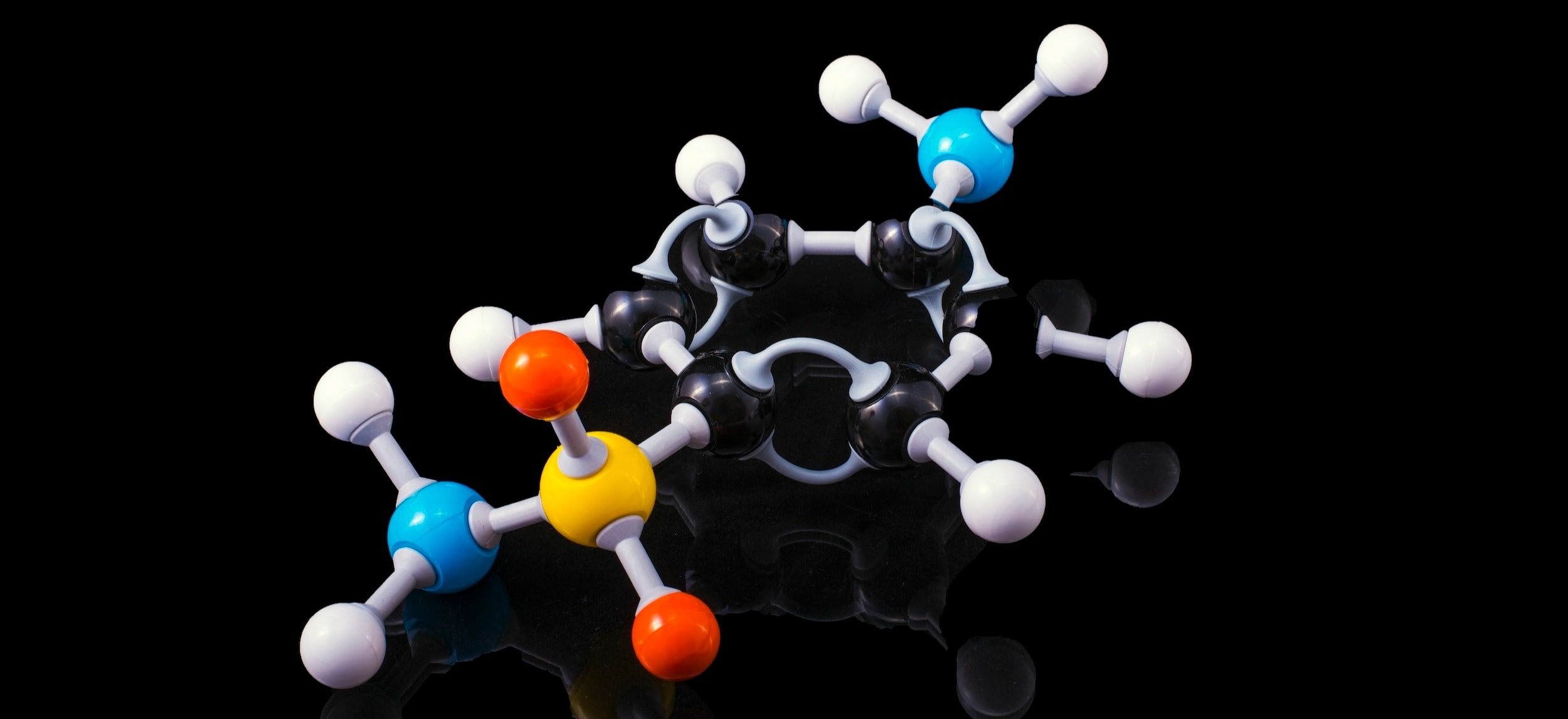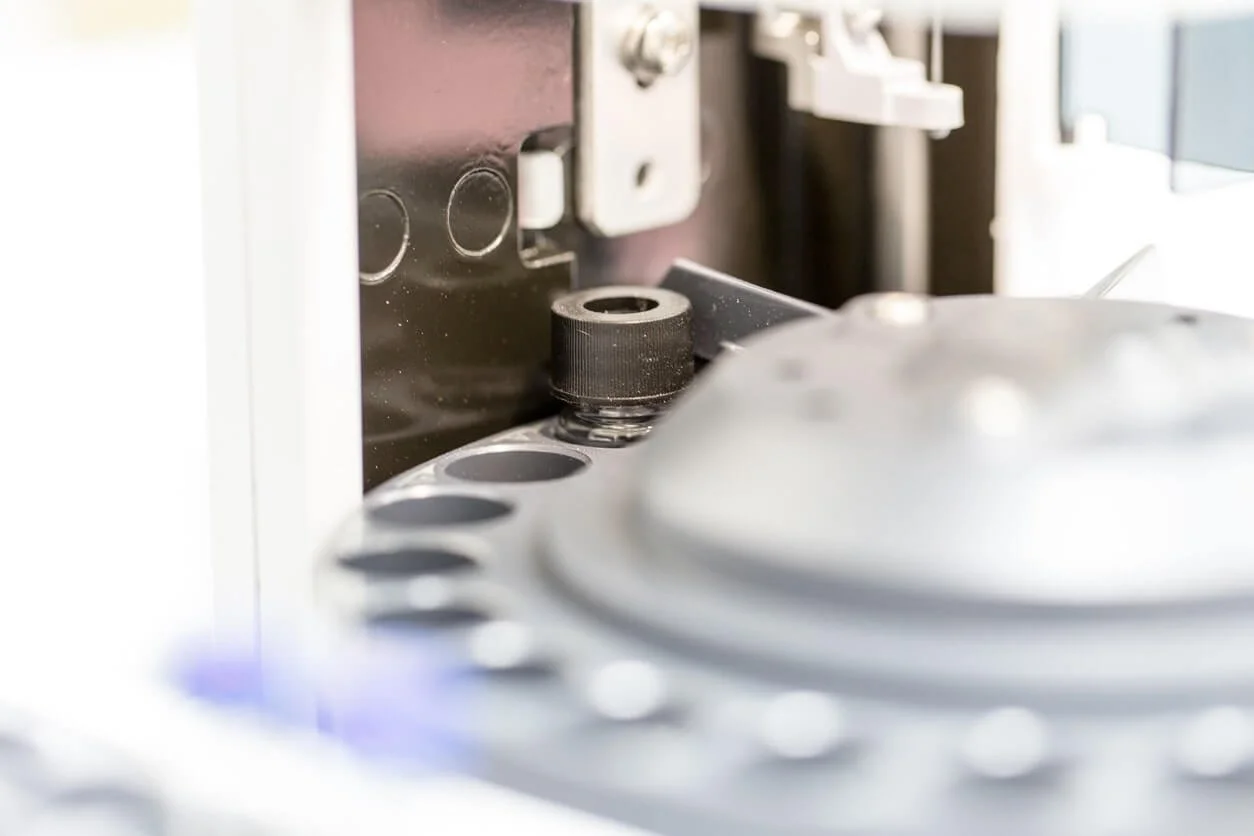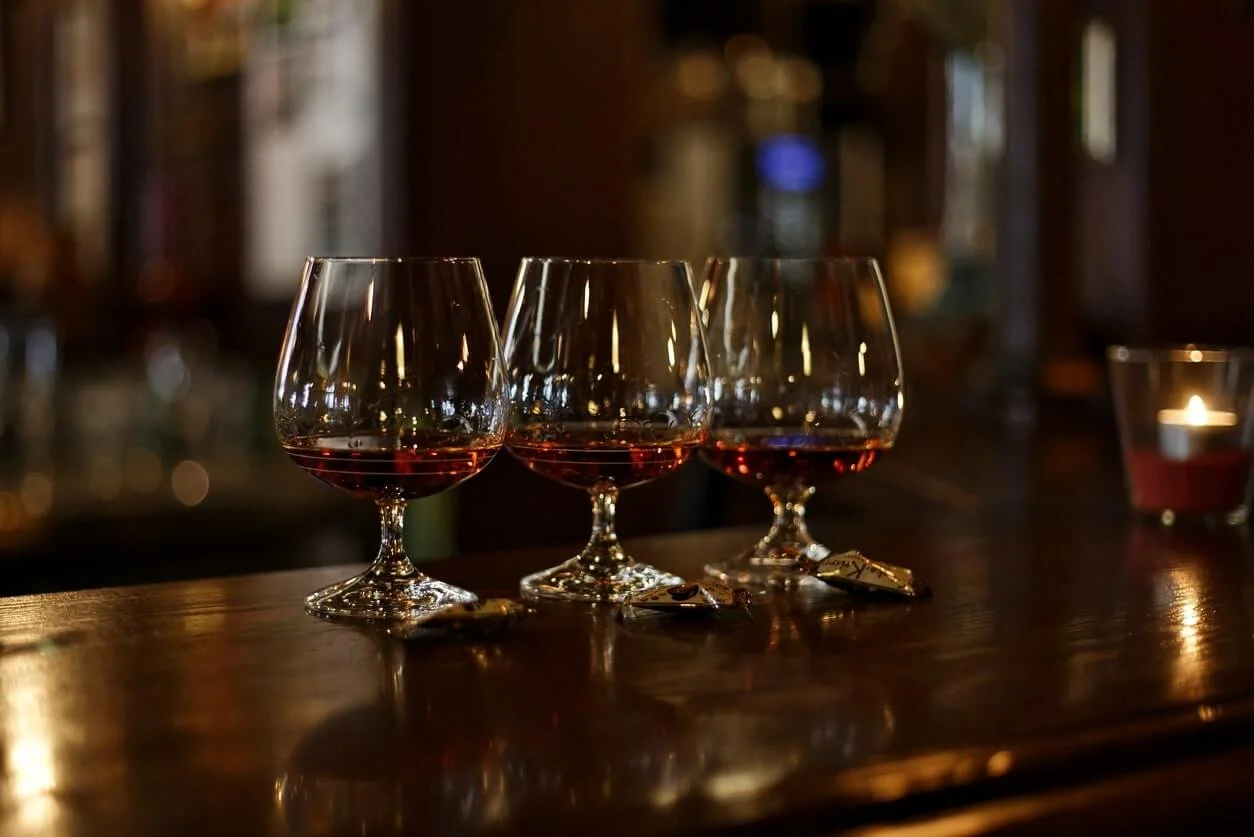What is Molecular Alcohol & How Will It Change The Way We Drink
Discover > Texas Home Cooking > What is Molecular Alcohol & How Will It Change The Way We Drink
The variety of everything we eat, smell, feel, and know is down to the molecular makeup of said organism or object. Speaking in terms of alcohol: the color, smell, flavor, viscosity, translucency, and everything else is down to this makeup.
Theoretically, If we can isolate these compounds, recreate them, then find a way to combine them all in a beaker, we can recreate perfect matches of any given wine or spirit without growing any grapes, cutting down a single oak tree, germinating a single grain of barley (how long does barley last?), or anything else that alcohol fermenting entails. It’s not so much theory anymore.
Enter molecular alcohol.
What is Molecular Alcohol?
As we spoke about in the previous part of this article on How a Bottle of Macallan Came to Cost over 1 million dollars, molecular alcohol is alcohol that is made not from fermenting simple sugars into ethanol molecules, but by finding and artificially recreating each individual molecule that makes a wine or spirit its own, finding the perfect ratio of those molecules, and adding them to a neutral distillate like flavorless, colorless corn liquor.
This is how everything from color to viscosity, to the oaky taste, is added to the spirit. But how exactly molecular alcohol is made? Well, it's a lot easier said than done.
Molecular Alcohol: How it is Made
Mapping
The first step to take in alcohol fermenting is to isolate every single different molecule that is present in a bottle of wine, whiskey, rum, sake, what have you. This can be done using gas chromatography-mass spectrometer machines (or GC-MS for short).
A process that separates chemical mixtures (the GC component) and identifies the components at a molecular level (the MS component). Unfortunately what the GC-MS instrument can’t do is determine the ratio of each component in said mixture. A pain-staking process the pioneers at Endless West had to figure out on their own. They cracked it however and through that, managed to map out the perfect ratio of compounds in a bottle of whiskey, sake, and more recently, white wine.
Sourcing
After mapping the next step is to find a way to naturally, ethically, and sustainably source the various carbohydrates, sugars, proteins, amino acids, and lipids that make up each wine and spirit.
Creating
What does alcohol fermentation produce? After the various compounds have been identified and recreated, they are added to a neutral distillate or grain alcohol, thoroughly mixed then tested, and finally, bottled. Of course, none of the bottles are allowed to be advertised as ‘wine’ or ‘sake’ or ‘whiskey’ (as that would likely ruffle some oversensitive feathers in the traditional liquor industry), so they get creative using names like ‘Glyph’, ‘Kazoku’, and ‘Gemello’, their takes on whiskey, sake, and Moscato d’Asti wine.
Is Molecular Alcohol More Sustainable?
There are a lot of things to consider when you ask the question of sustainability when it comes to alcohol fermenting process. Often times where one thing can be exceptionally sustainable on one end of the spectrum, it can actually do a lot of harm on the other side. Take lab-grown meats for example: in the mid-2010s the extreme amount of resources it took to create one burger patty or one chicken nugget was massive.
Of course, alcohol is a completely different story. So what do we have to look at to really test the sustainability of these molecular wines and spirits?
Agriculture
By a long shot, the biggest factor here is water usage. I use wine as an example because it’s notoriously wasteful in its resources. Take the average vineyard in California: it uses 318 gallons of water to produce a single, standard, 750ml bottle of wine. On top of that, the soil used to grow grapevines is a. nutrient deficit by design to yield better grapes for winemaking and b. can’t offset any carbon because they essentially like to grow in sand.
Spirits use grains like barley, rye, corn, and wheat, all of which you’d most likely find growing in monocultures that strip the soil of fertility and desertify land, on top of being one of the most water-intensive forms of agriculture in the world.
Rice used to make sake is one of the wasteful farming practices than any other plant you can think of, at least in terms of water. This is unfortunate because rice farming has the potential to be one of the most fruitful methods of farming out there. Ducks and other game birds, eggs, crawfish, and fish love rice paddies and if farmed alongside them, could be quite a sustainable operation.
Production
When looking at the production of these wine and spirits energy input would be that of most concern.
Wine
It takes around 700,000 kWh of energy to process a tonne of grapes which equates to around 60 homes powered for an entire year. Keep in mind that this is for the vineyard alone, and while it’s by far the most consuming part of the process, everything from fermenting to aging to bottling to transporting has to be factored into the equation.
The carbon footprint in one bottle of wine is around 1200g. This includes everything from energy spent, fermentation, the glass bottle, etc. That’s a lot of alcohol fermenting steps considering worldwide production of wine added up to over 250 million hectolitres (or a million milliliters or 220 gallons times 250 million) in 2020.
Spirits
Let’s take a look at whiskey for these examples since that was the first product produced and sold by Endless West since 2015. Whiskey (depending on the type) is made from barley, wheat, and corn (occasionally rye is added).
Grain agriculture is among the most intensive in our society today. Consider all the things grains are used for. Not just food and alcohol, animal feed, stabilizers, and countless inedible objects you’d find lying around in your house today.
You should also take into account more than just the ungodly amount of water used and wasted on these crops. Consider the damage monocultures do to the soil or the ocean deadzones that nitrogen-rich fertilizers and chemical packed pesticides create.
What Does it Mean for the Industry?
Revolutionary change can shake entire industries to their core with molecular alcohol. A perfect example of this is the ice industry. Before every home had running water, freezers, and most recently a fridge that dispenses all the ice you’ll ever need, ice had to be cut from frozen lakes, ponds, and streams, transported by ship or carriage, then stored in an ice house. A process that took hundreds of man-hours and many people to get the job done. Sugar used to be an item of luxury until the entire process from growing, to harvesting, to processing was amplified by technology and better refinement methods.
The People
The rise of molecular wine could see the end of countless jobs involve in alcohol fermenting process that require simple, manual work to be done like picking and stomping grapes, or distilling alcohol. After all, building a wine from the molecules up requires scientific expertise, not to mention all forms of professional scientific equipment like a mass-spectrometer.
The Companies
From where I’m standing the only companies that will truly suffer under this new industry are the ones that will fail to adapt and let go of their tradition (something old wineries and distilleries are synonymous with). As we saw with electric cars, e-cigarettes, smartphones, and any other good that has been dramatically re-invented in the past; any established corporation will jump onto the bandwagon and start profiting on the ‘new and improved’.
The companies that fiercely hold onto their traditions could and would likely be crushed by the competition. Unless perhaps traditionally made beers, wines, and spirits become a small, high-end niche of their own, as we saw with something like the leather or diamond industry, where people pay a premium for the real deal despite there being much cheaper, near indistinguishable alternatives on the market.
The Price
Price is never an exact metric when determining the value of something like a bottle of wine or spirit. It’s hard to precisely tell what effect synthetic alcohol will have on traditionally made wines, but to get an idea we can take a look at another one of America’s favorite Veblen goods: diamonds.
In the 1950s, scientists managed to crack the secret to synthetic diamonds in a lab. Synthetic diamonds are indistinguishable from natural ones (at least to the naked eye), are often purer, and have most of the exact same characteristics. Despite this, people still pay a heavy premium for diamonds mined from the earth. It’s not a stretch to assume this will be the case once molecular wines and spirits become a new norm.
How It Will Change How We Drink
Alcohol is a lot more than just a means to get intoxicated. It’s a cultural phenomenon that involves generations of perfecting recipes and methods to bring the drinks we’ve become so accustomed to onto our tables. After all, when you sip a glass of wine you’re not just sipping a glass of wine, you’re sipping tradition. And unlike the chemical makeup that makes the liquid in your glass, the tradition and the aesthetic that is not so easily replicated.
Finally, after reading this much, I think you deserve a glass of wine. Check out these wineries and vineyards across Texas that are surely worth the trip!






